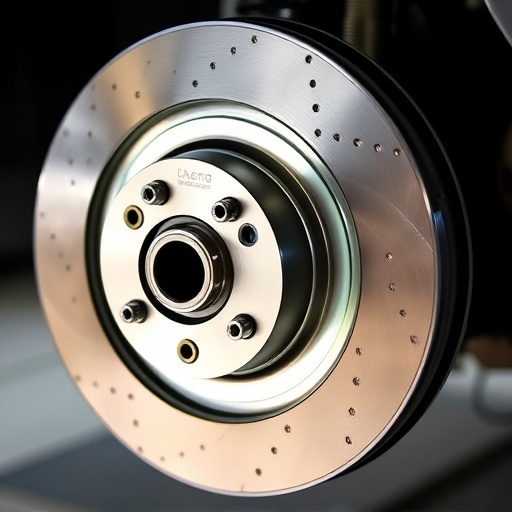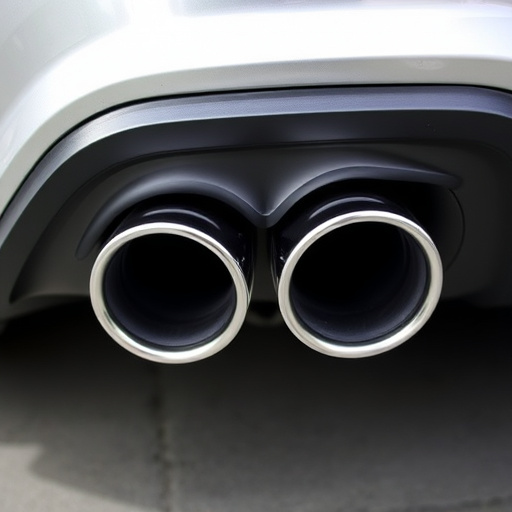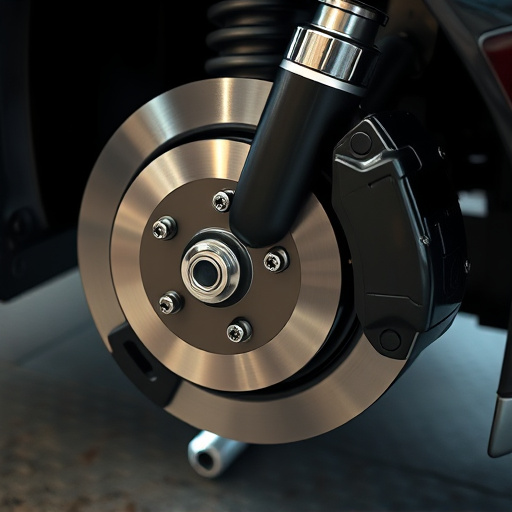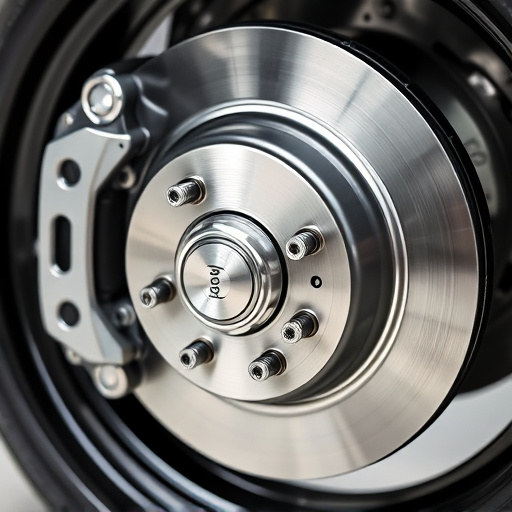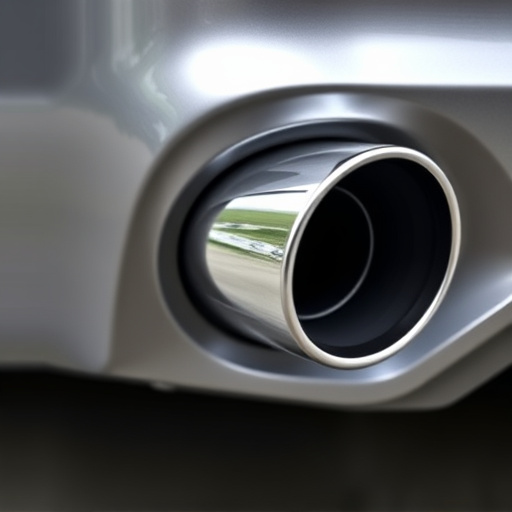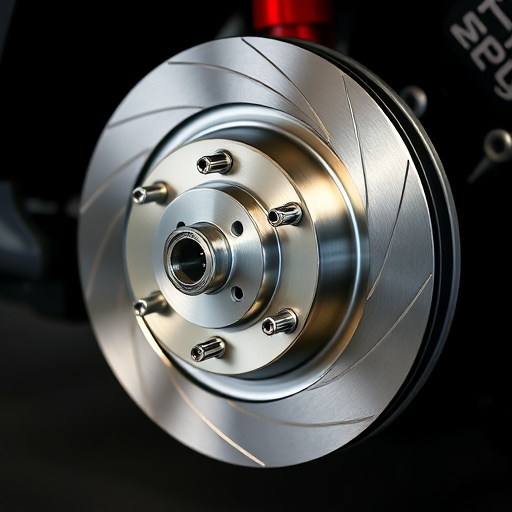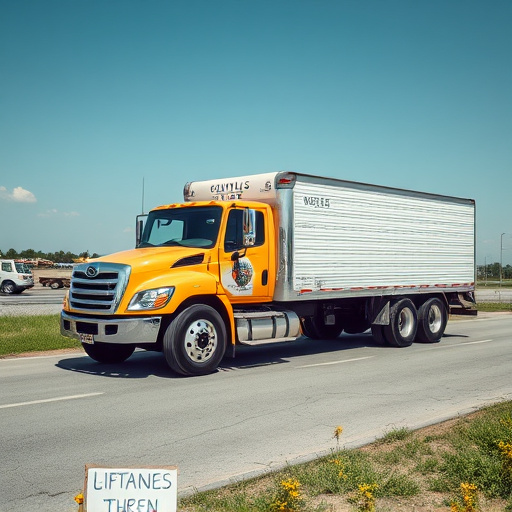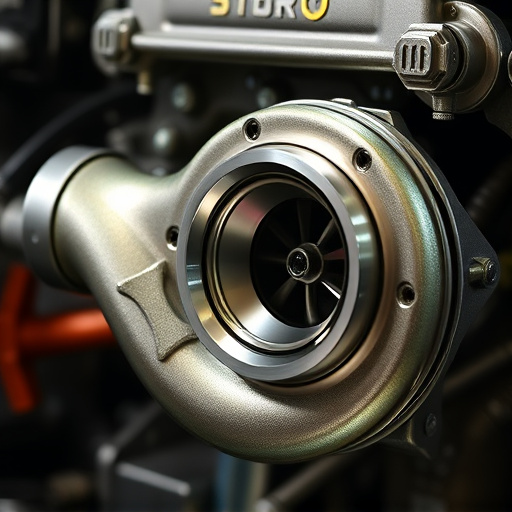Air intake systems are a powerful upgrade for vehicle performance, drawing in clean, cool air to boost horsepower, torque, and fuel efficiency. Choosing high-quality filters, tailored air boxes, and compatible pipes ensures optimal airflow and engine performance. Upgrading an air intake with suspension kits or exhaust systems can further enhance dynamics and response. A straightforward installation process starts with preparation: identifying intake points, gathering tools, disconnecting the battery, removing old components, and noting their attachments for easy reassembly.
Looking to boost your vehicle’s performance? Consider an air intake installation—a powerful modification that delivers tangible results. This comprehensive guide explores the fundamentals of air intake systems, highlighting their benefits and importance in enhancing engine power and efficiency. We’ll walk you through choosing the ideal components for optimal performance and provide a step-by-step installation process to ensure maximum efficiency. Get ready to breathe new life into your ride!
- Understanding Air Intake Systems: The Basics and Benefits
- Choosing the Right Components for Optimal Performance
- Step-by-Step Guide to Installing an Air Intake System for Maximum Efficiency
Understanding Air Intake Systems: The Basics and Benefits
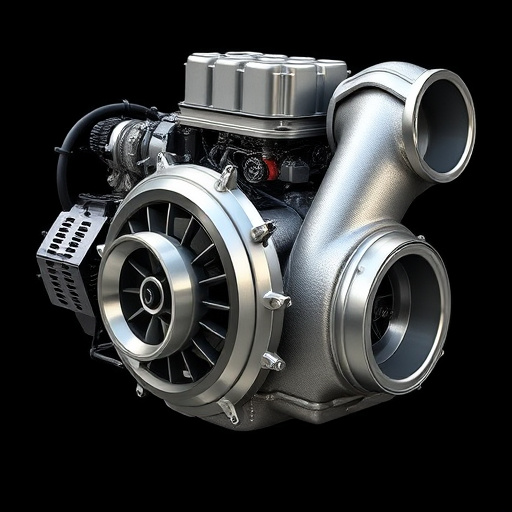
Air intake systems are a vital component of any vehicle’s performance and efficiency. They play a crucial role in delivering clean and ample air to the engine, which is essential for optimal burning and power generation. At its core, an air intake installation involves strategically designing and installing components that facilitate this process. By allowing more air into the engine compartment, it enhances the overall breathing capacity of the vehicle, leading to improved horsepower and torque.
The benefits extend beyond raw power gains. Properly designed air intakes can also contribute to better fuel efficiency by ensuring a stoichiometric mixture of air and fuel, which is key for optimal combustion. Unlike exhaust systems that focus on removing spent gases, air intake installations prioritize drawing in cool, dense air from the outside environment, thereby enhancing engine performance and prolonging the lifespan of critical components like brake pads and muffler tips.
Choosing the Right Components for Optimal Performance
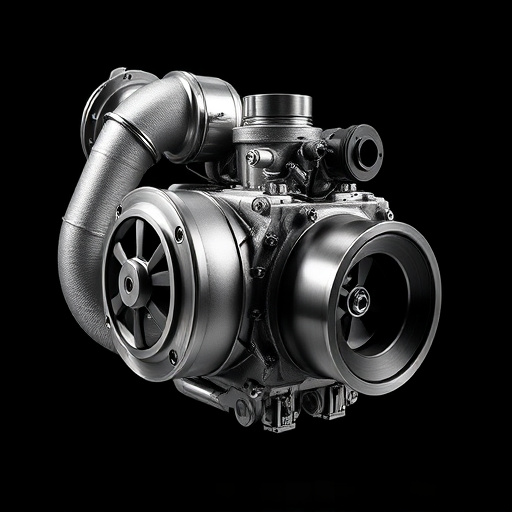
When it comes to air intake installation, selecting the right components is paramount for achieving optimal performance. The heart of any efficient air intake system lies in high-quality filters that ensure a steady and clean supply of air to the engine. Opting for premium filters with advanced media types can significantly enhance airflow, resulting in improved horsepower and torque figures. Additionally, integrating an air box design tailored to your vehicle’s specifics can minimize restrictions and maximize efficiency.
Beyond the filter, components like intake pipes, manifolds, and cold air feeders play crucial roles. These elements should be chosen based on their compatibility with your engine’s specifications and desired performance goals. Upgrading to a performance exhaust system or installing suspension kits can further complement an enhanced air intake by facilitating better overall vehicle dynamics and engine response. Ensure that each part seamlessly integrates for a seamless installation, allowing the entire system to work in harmony for maximum benefits.
Step-by-Step Guide to Installing an Air Intake System for Maximum Efficiency
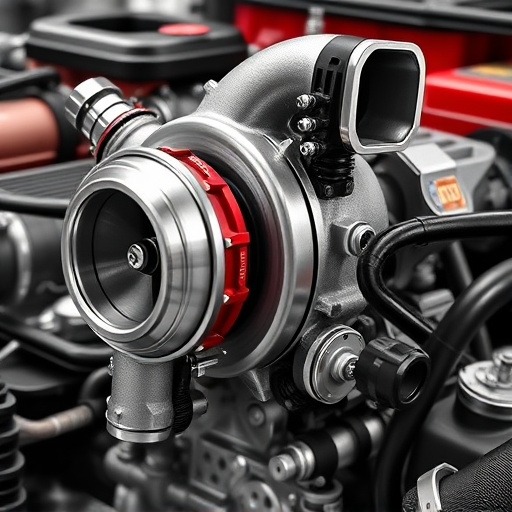
Installing an air intake system is a direct path to enhancing your vehicle’s performance and efficiency. Here’s a step-by-step guide to ensure optimal results:
1. Start with Preparation: Begin by locating your engine’s air intake points. Ensure you have the necessary tools, including a jack, jack stands, and a new air intake system compatible with your vehicle model. Safety is paramount, so park your car on a level surface and engage the parking brake before beginning.
2. Disconnect and Remove: Next, disconnect the battery to avoid any electrical interference. Then, locate and remove the existing air intake components, including the air filter housing, muffler tips, and any connecting pipes. Take note of how these pieces are attached for easy reassembly later.
Air intake installation is a powerful way to enhance your vehicle’s performance, offering both efficiency and engine health benefits. By understanding the basics, selecting high-quality components, and following a meticulous installation process, you can unlock the full potential of your engine. With these steps, you’re not just modifying your car; you’re ensuring optimal air flow, enhancing power, and improving overall driving experience—all through effective air intake installation.




